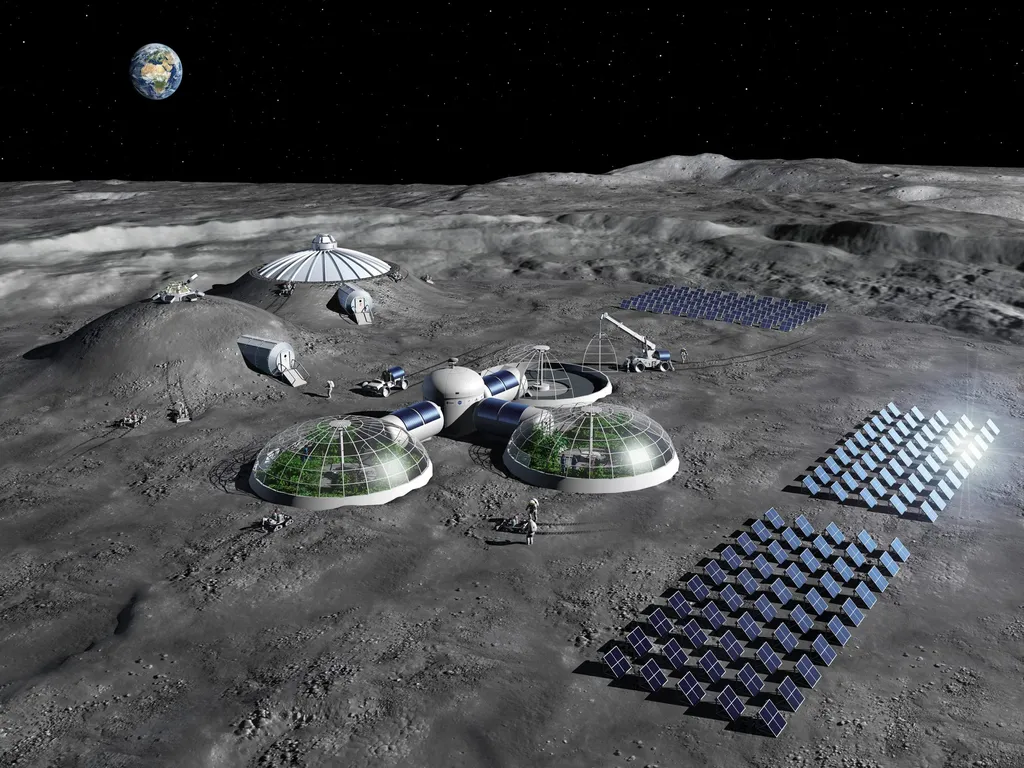In the not-too-distant future, as humanity sets its sights on establishing a sustainable lunar base, one of the most pressing challenges is figuring out how to store and manage energy in the Moon’s harsh and unpredictable environment. A recent study published in the journal *Advances in Mechanical Engineering* (which translates to *Advances in Mechanical Engineering* in English) sheds light on this very issue, offering a promising hybrid energy storage solution that could pave the way for future lunar habitation and even inspire innovations back on Earth.
The research, led by Song Lei from the College of Mechatronics and Control Engineering at Shenzhen University in China, systematically evaluates three categories of lunar-compatible energy storage technologies: electrochemical, mechanical, and electromagnetic. Each has its own set of limitations when faced with the Moon’s extreme thermal cycling (-173°C to 127°C) and prolonged periods of darkness (up to 354-hour nights).
Electrochemical devices, like lithium-ion batteries, for instance, can experience more than a 35% capacity loss at temperatures below -20°C. Mechanical storage methods, while efficient during the lunar day, struggle with relatively low energy storage efficiency during the lunar night. Electromagnetic solutions, on the other hand, suffer from mass-specific energy deficits, making them less viable for long-term storage.
To overcome these challenges, Lei and his team propose a solar-driven hybrid architecture that integrates multiple energy storage technologies. During the lunar day, this system would allocate solar energy as follows: 47% for direct photovoltaic power to meet base loads, 5.6% for a regenerative fuel cell system, 3.7% for flywheel acceleration, 26.5% for battery charging, and 17.3% for lifting heavy objects. At night, the base would primarily rely on battery energy storage, gravitational energy storage, and molten salt energy storage systems to provide a combined 89.8% of the electrical energy required.
“This integrated energy storage system offers a stable energy supply, effectively responding to changes in the lunar environment, improving resource utilization efficiency, and prolonging the service life of the equipment,” Lei explains.
The implications of this research extend beyond our lunar ambitions. The hybrid energy storage model could inspire similar systems on Earth, particularly in remote or extreme environments where reliable energy storage is crucial. Moreover, the study highlights the importance of a multi-faceted approach to energy storage, a concept that could drive innovation in the broader energy sector.
As we stand on the precipice of a new era in space exploration, research like Lei’s serves as a reminder that the technologies we develop for the Moon and other celestial bodies can have profound impacts on our lives here on Earth. By pushing the boundaries of what’s possible in the harshest of environments, we open up new avenues for growth and innovation in the energy sector and beyond.

